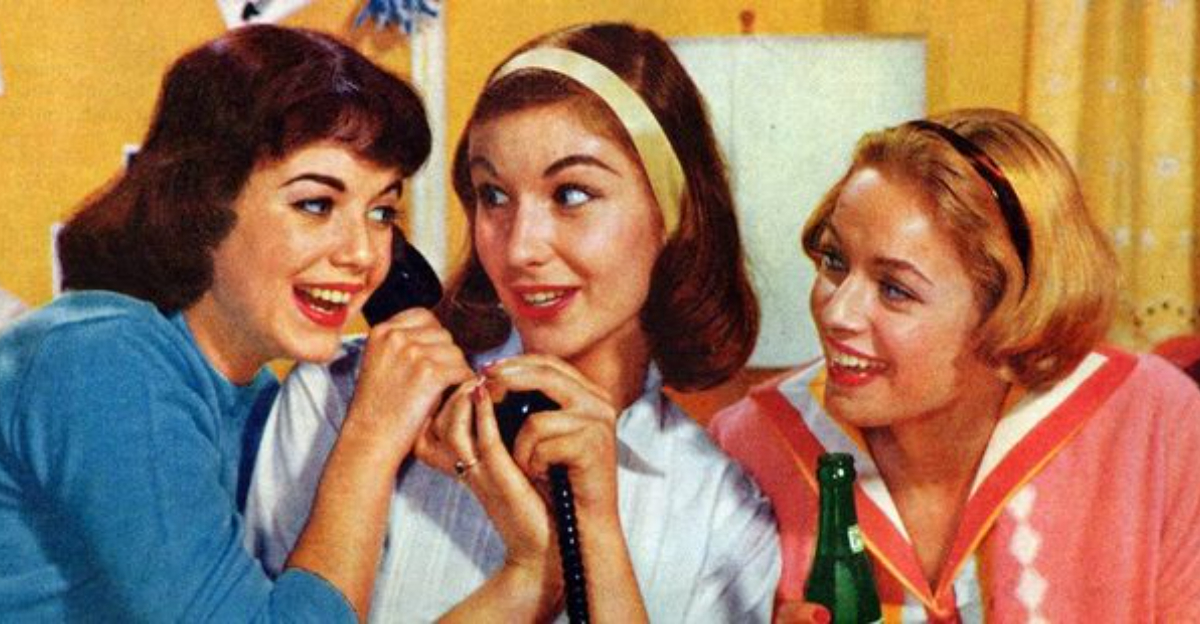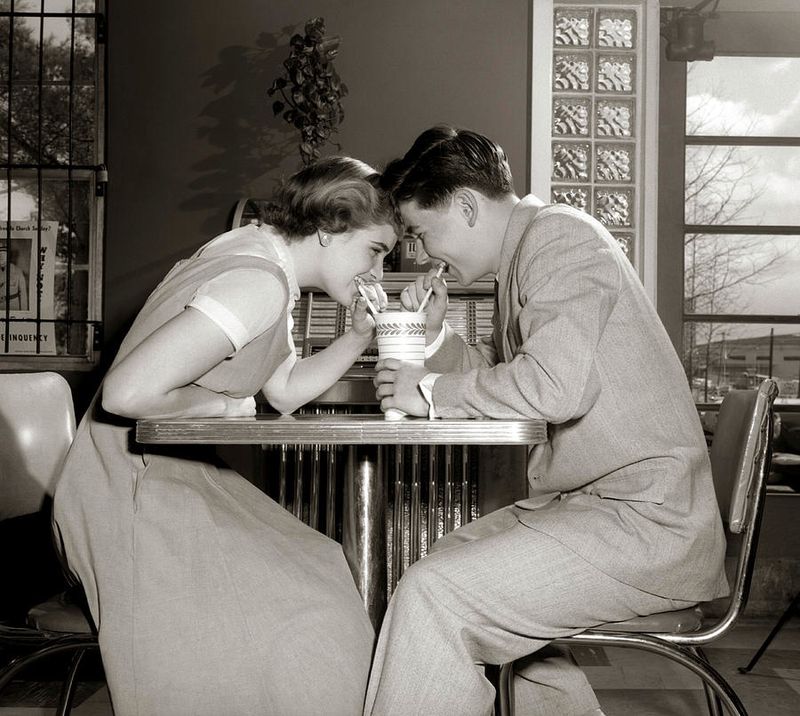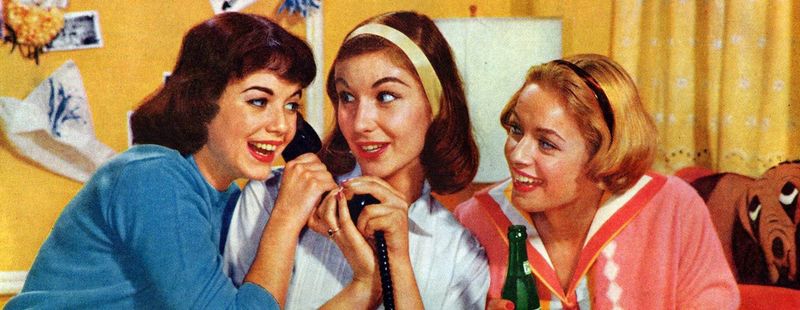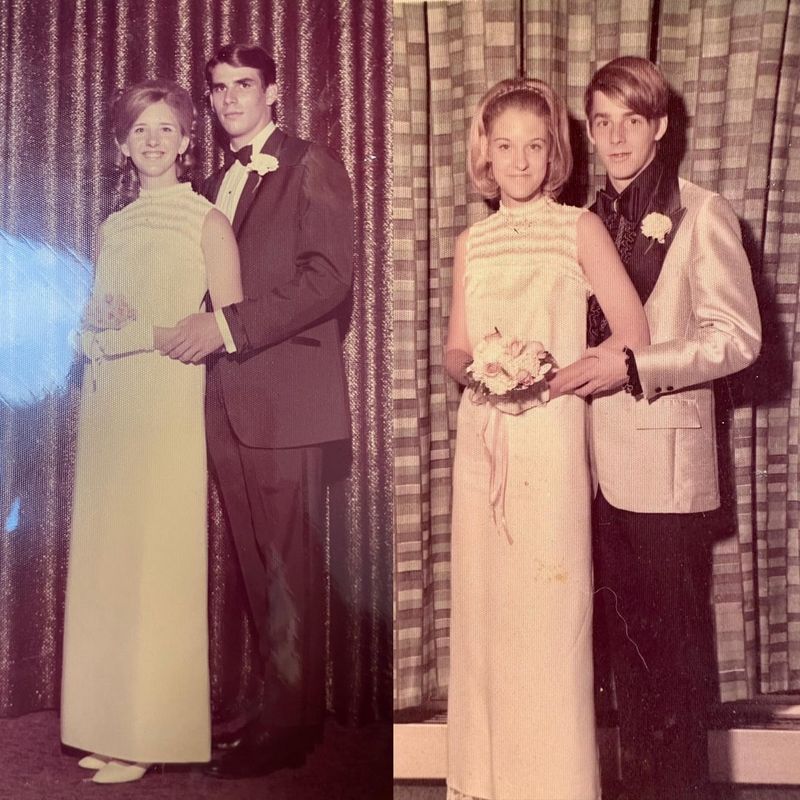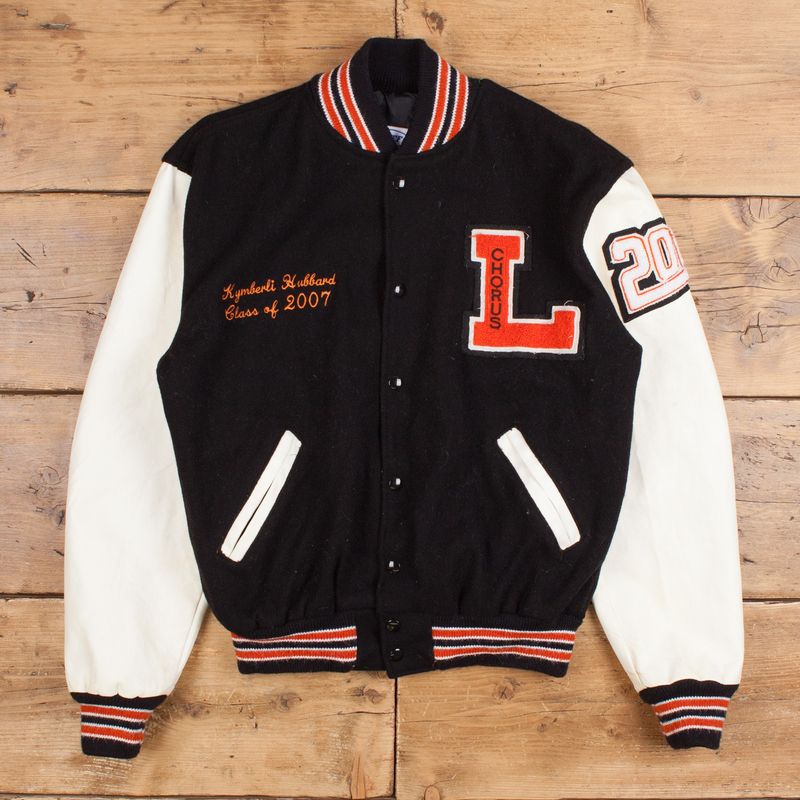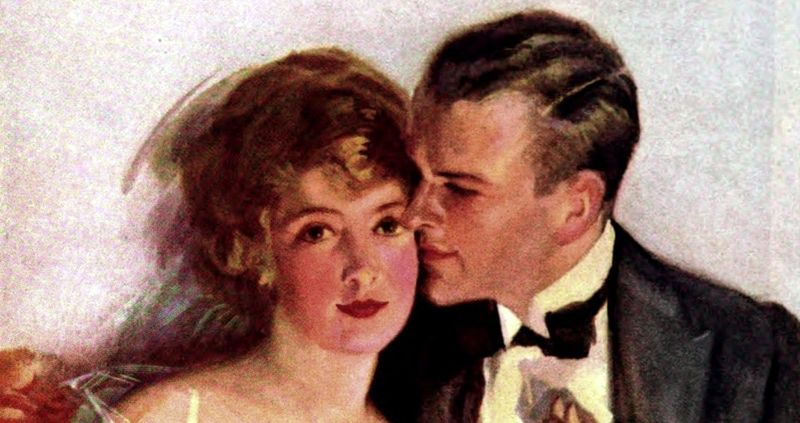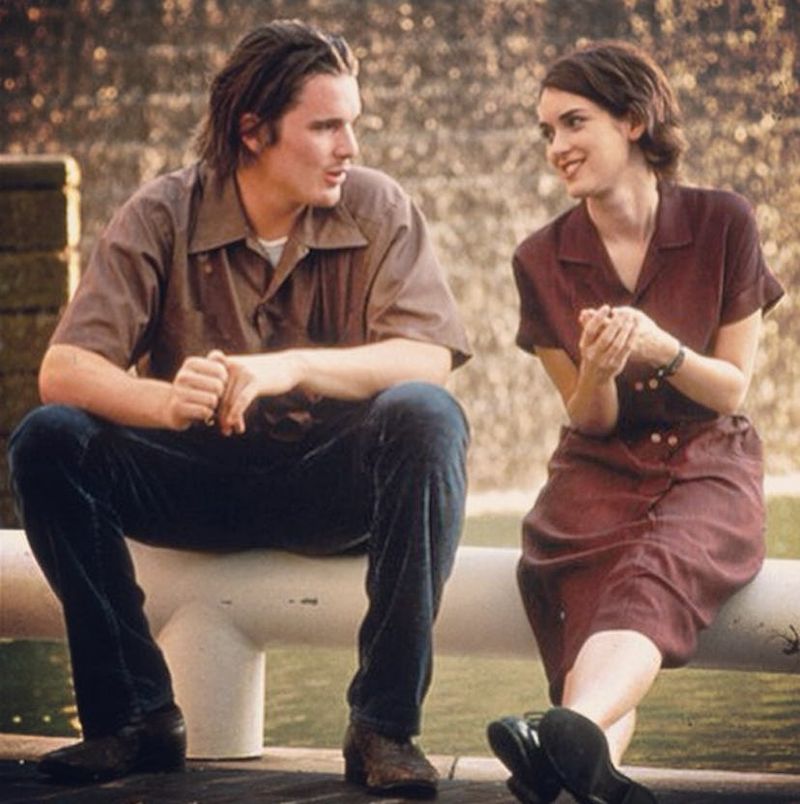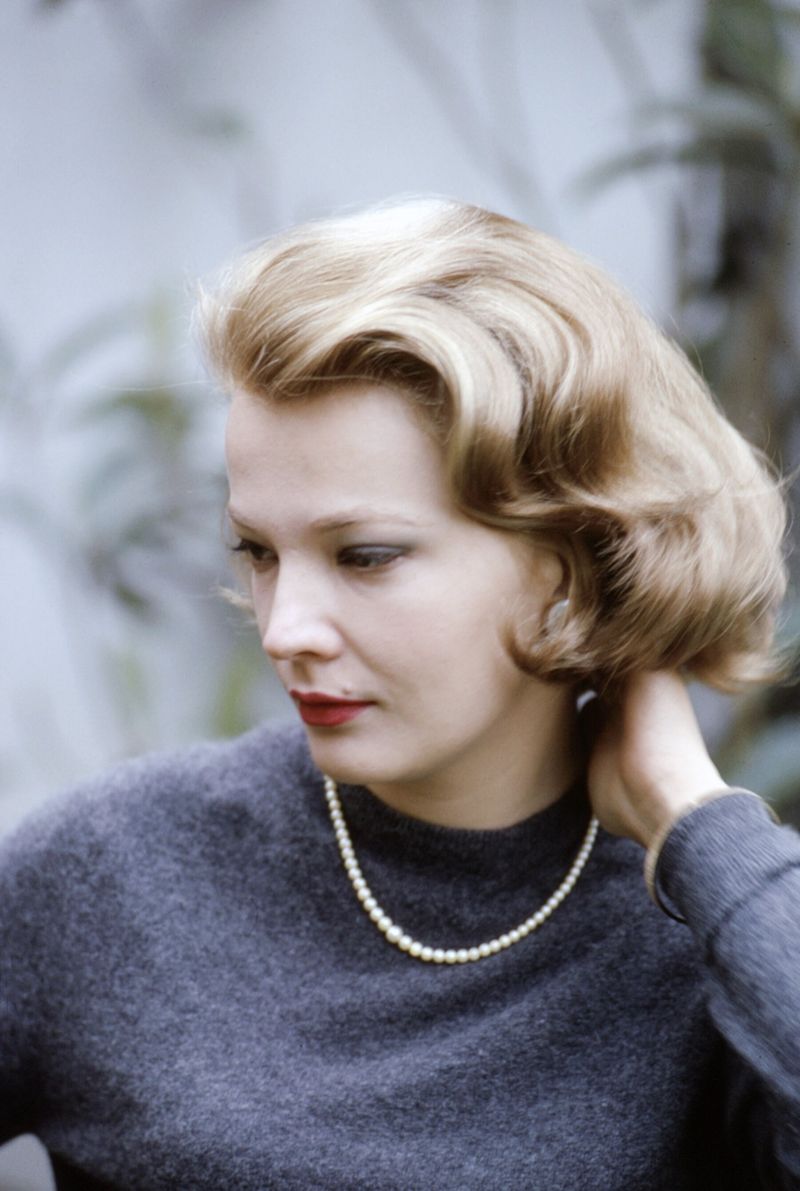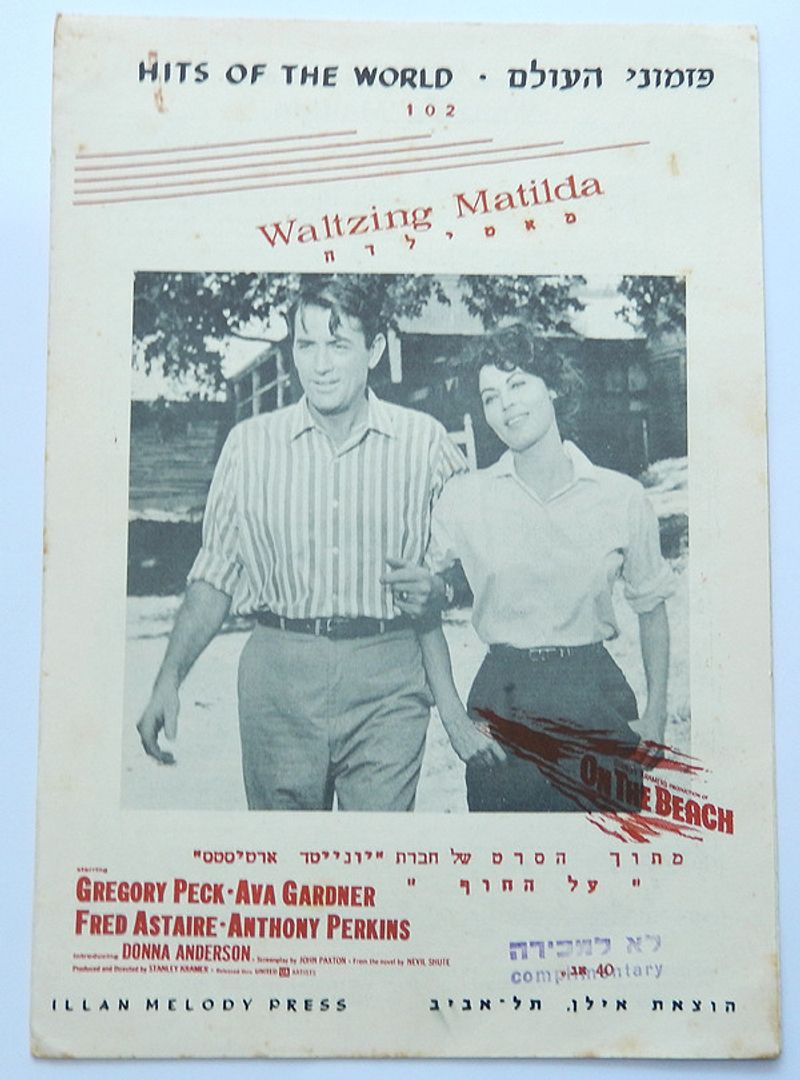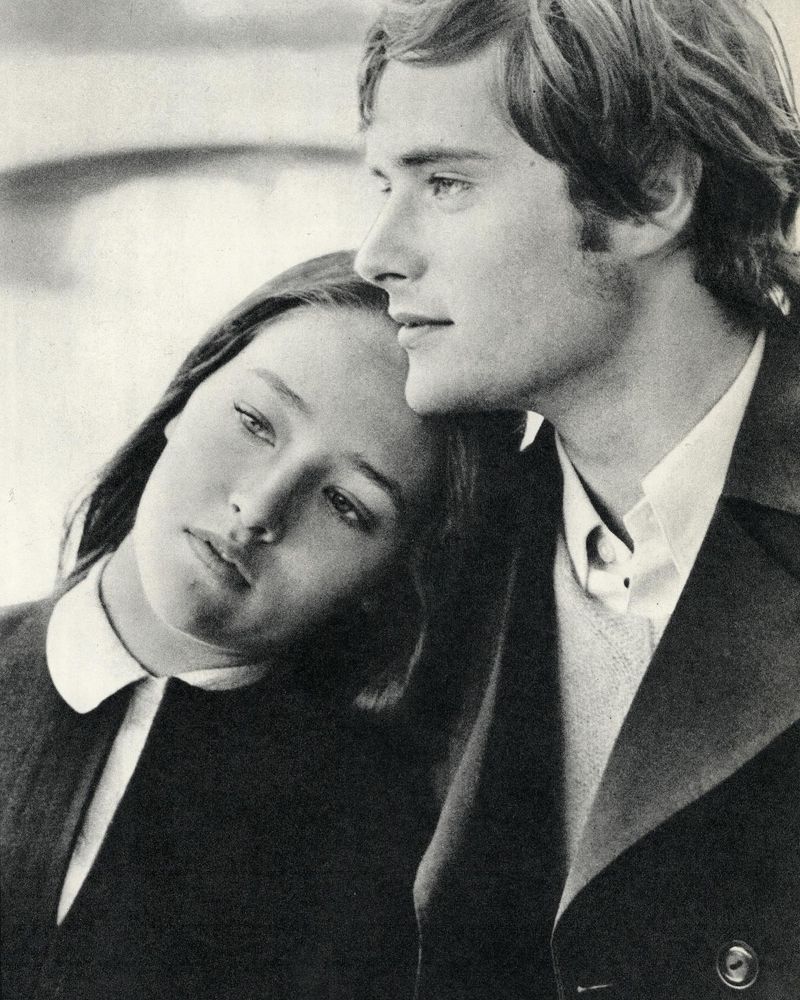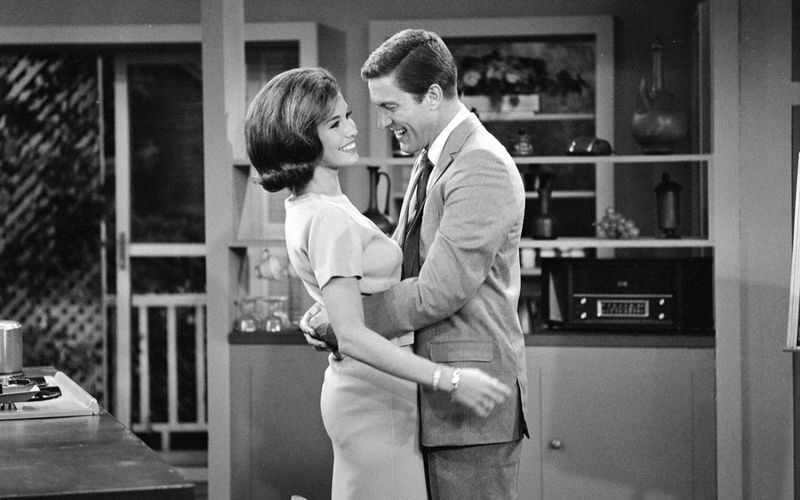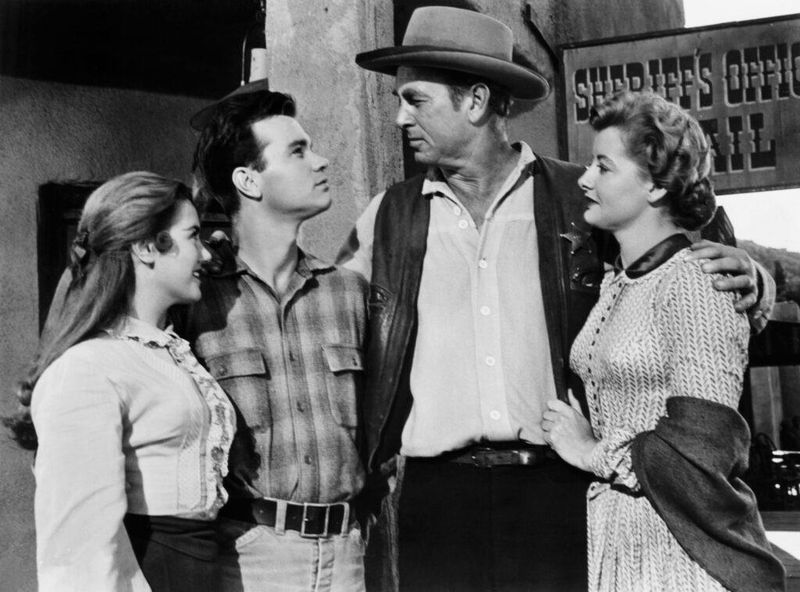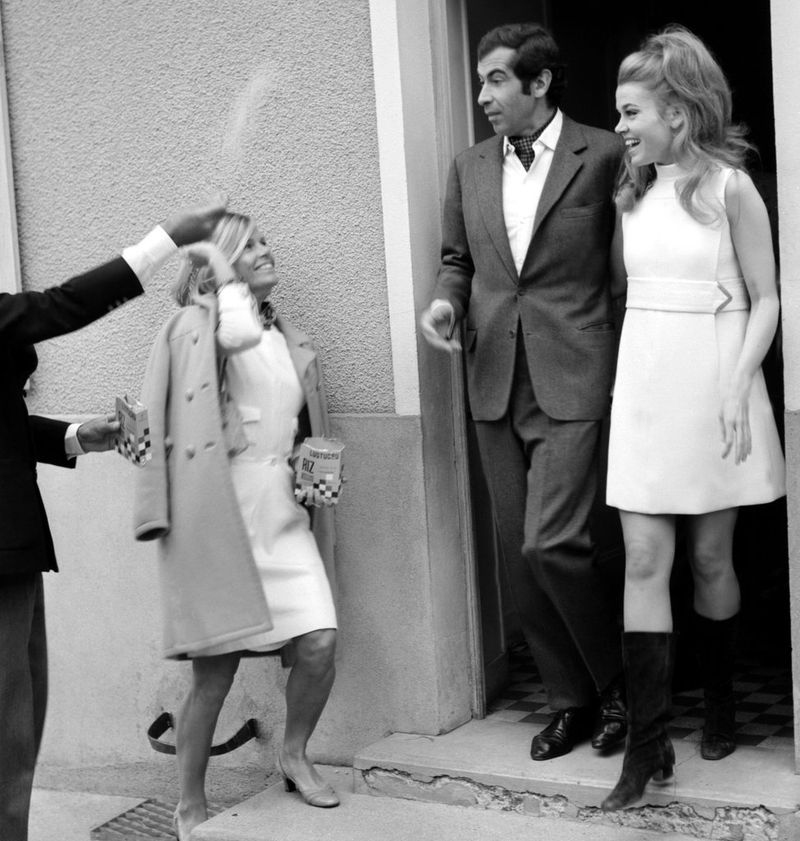Dating in the 1960s followed a completely different rulebook than today’s swipe-right culture. Back then, strict etiquette governed every aspect of romance, from who could call whom to what time you needed to be home. If you showed a modern teenager these old-school dating protocols, they’d probably think you were describing an alien civilization rather than their grandparents’ dating lives.
1. Father’s Permission Required
Young men trembled at the prospect of facing their date’s father. Before asking a girl out, boys had to formally request permission from her father—a nerve-wracking ordeal that could end before it began.
If dad didn’t approve, the romance was dead on arrival. Most fathers conducted mini-interrogations about intentions, grades, and future plans.
Today’s teens would find this parental gatekeeping laughable—imagine needing parental approval just to send a “hey” text!
2. Chaperones On Early Dates
Privacy? What privacy? The first couple of dates typically included an unwanted third wheel—a family chaperone keeping watchful eyes on the young couple.
Siblings, parents, or even family friends tagged along to ensure proper behavior. Movie theaters, diners, and even school dances had these relationship supervisors hovering nearby.
The thought of mom or dad sitting at the next table during a first date would horrify today’s teenagers, who value their independence and privacy.
3. Girls Never Called Boys First
The telephone represented a strict gender battlefield. Girls were absolutely forbidden from calling boys—no exceptions!
A girl might spend days beside the silent phone, waiting for her crush to call. Taking the initiative was considered desperate and unladylike.
Modern teens, who think nothing of texting first or sliding into DMs, would find this waiting game torturous and the gender inequality ridiculous. Imagine not being able to send that first text!
4. Going Steady After Two Dates
Talk about rushing relationships! After just two dates, couples often declared themselves “going steady”—essentially becoming exclusive.
This commitment came with expectations: wearing pins or rings, seeing each other regularly, and social recognition as a couple. Breaking up after this milestone created genuine scandal among peers.
Today’s teenagers, who might spend months in the “talking stage” before defining relationships, would find this accelerated timeline both hilarious and terrifying.
5. Wearing His Jacket Meant Commitment
Before relationship status updates on social media, teens had a more tangible symbol: the letterman jacket. When a girl wore her boyfriend’s bulky sports jacket, everyone instantly knew she was taken.
This clothing-based relationship announcement was serious business. Girls proudly wore these oversized jackets despite them being impractical and often too large.
Contemporary teens might compare this to using someone’s Netflix account—except everyone at school could actually see the commitment!
6. No Kissing Until Several Dates In
Physical affection followed a strictly timed schedule in the 1960s. Early dates permitted hand-holding at most, with perhaps a quick peck on the cheek at the doorstep.
Real kissing was reserved for established couples, sometimes after weeks of dating. Girls who moved too quickly earned nasty reputations as being “fast” or “easy.”
Modern teenagers, accustomed to hookup culture and casual physical relationships, would be baffled by these drawn-out romantic timelines and moral judgments.
7. Boys Always Paid—Without Exception
The bill was never a discussion point. Boys automatically paid for everything—movies, meals, sodas, and any activity during the date.
Girls didn’t even pretend to reach for purses when the check arrived. A boy who suggested splitting costs would be considered either incredibly rude or clearly uninterested.
The casual “Venmo me” or “I’ll get this one, you get next time” approach of modern dating would have seemed shockingly improper and unromantic to 1960s teens.
8. Playing Hard To Get Was Mandatory
Strategic indifference was considered essential flirting technique for girls. Even if she was crazy about a boy, a girl had to pretend mild disinterest to maintain his attention.
This meant waiting before returning calls, not appearing too eager about dates, and sometimes even turning down invitations. The underlying belief was that boys only valued what they had to work for.
Today’s straightforward teens would find this game-playing exhausting and counterproductive—why pretend you’re not interested in someone you actually like?
9. Public Displays of Affection Were Scandalous
Holding hands in public was the outer limit of acceptable behavior. Anything beyond that—hugging, kissing, or even having your arm around someone’s waist—invited public scorn.
Teachers, parents, and even strangers felt entitled to comment on “inappropriate behavior.” Couples found hidden spots away from judgmental eyes if they wanted any real affection.
The casual hallway make-out sessions common in today’s high schools would have resulted in immediate detention or worse in the buttoned-up 1960s!
10. Face-to-Face Breakups Were Non-Negotiable
Ghosting wasn’t an option when telephones were attached to walls. Breaking up required an in-person conversation—often a formal, rehearsed speech delivered face-to-face.
This uncomfortable encounter couldn’t be avoided through technology. Many teens practiced their breakup speeches for days, preparing for tears, arguments, or awkward silences.
Modern teenagers, who might end relationships through unanswered texts or social media status changes, would consider this confrontational approach unnecessarily dramatic and anxiety-inducing.
11. Dating Multiple People Was Cheating
The concept of “keeping your options open” didn’t exist. Talking to, dancing with, or showing interest in multiple people simultaneously was considered full-blown cheating.
Even before official relationships formed, teens were expected to focus on one potential partner at a time. Schools and communities were small enough that word traveled fast about two-timing behavior.
Today’s casual dating scene, with its talking stages and non-exclusive relationships, would seem shockingly promiscuous to teenagers from the buttoned-up sixties.
12. Strict Curfews Were Seriously Enforced
Clock-watching defined dating in the 1960s. Parents set rigid curfews—often ridiculously early by today’s standards—and enforced them with iron discipline.
Arriving home even five minutes late could result in being grounded for weeks. Some parents literally sat in living room chairs or on front porches waiting for their children’s return.
The casual “I’ll be back whenever” attitude of some modern teens would have been unthinkable in an era when a 10:30 PM weekend curfew was considered generous!
13. Doorstep-Only Goodnight Kisses
Cars were romance danger zones according to parents. The only acceptable location for a goodnight kiss was the well-lit front porch—where parents could potentially peek through curtains.
“Parking” (making out in cars) existed but carried serious social risks. Teens caught by police or neighbors faced humiliation and punishment.
Today’s teens would be bewildered by these limited options for privacy, especially considering many modern parents prefer knowing their kids are safely in cars rather than unknown locations.
14. Marriage Was The Expected Outcome
Dating wasn’t just for fun—it was marriage research. By their late teens, many couples were already discussing wedding plans, and dating without marriage intentions was considered wasteful or disrespectful.
Many high school sweethearts married shortly after graduation. Girls often attended college primarily to find husband prospects (getting that “MRS degree”).
Modern teenagers, who see their teen years as a time for self-discovery and exploration, would find this marriage pressure suffocating and the early commitment bizarre.
